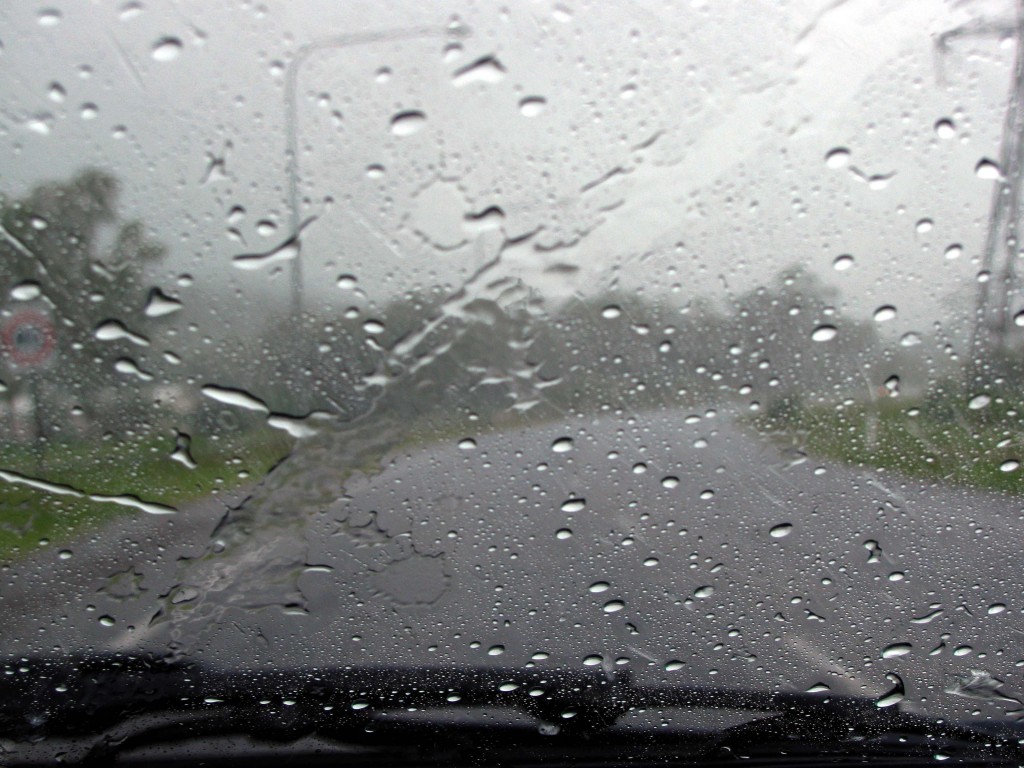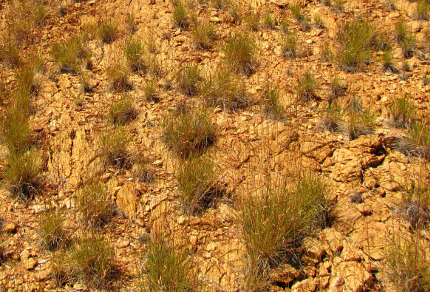In the midst of the night, I pulled myself up through caverns of sleep to identify a sound that impinged on my senses – a deep, resounding roar overhead. It was rain – rain unlike any I had heard since the monsoon low of late January clamped down on Townsville and poured out its wet guts. I expected to find leaked water on the floors in the bedroom and living room in the morning, as we had in January, but when I arose, surprisingly did not.
During the past weeks, ABC radio has reported storm damages in Queensland, particularly Brisbane,1 but has also presented the good side of the heavy rains in eastern Australia, namely the easing of the drought conditions that have plagued the region for more than a decade.2 This year’s Wet is apparently a good one, filling near-empty rivers and replenishing severely-depleted dams (reservoirs).3 Some parts of New South Wales have, since Christmas, received the most rain in nearly 20 years.4 Two more good Wets are needed to make up for the lengthy drought,5 but the heavy precipitation so far received this year has sparked new optimism in farmers and ranchers.3
After breakfast, with the rain having abated at least temporarily, Vilis and I strolled quickly into Bicentennial Park, our umbrellas at the ready. I spotted a male koel, all black with a long tail, red eye, and pale, curved beak, singing a haunting “coo-eee” call I had often heard, but never identified. The koel is also known as the rain bird, which I thought most appropriate given recent weather conditions. Yellow-throated miners flitted about in eucalypts, and bowerbirds hissed and hid in thick shrubs, the latter leading us to wonder where the males’ bowers were.
Beside us, the Ross River ran broad and deep, a king tide pushing water upstream. Vilis and I paused to chat with a woman after patting her shaggy dog, and she told us that the riverside vegetation of native shrubs and trees that creates such a rich habitat for birds was planted 5 or 6 years ago by volunteers with the Landcare group. That’s an organization devoted to restoring native vegetation, creating habitat for native wildlife, and increasing community awareness about caring for Townsville’s environment. Both Vilis and I were surprised that trees planted as short saplings had grown 10 metres or more in only 5 years. However, this is the tropics.
Farther along in the park, we chatted with a woman visiting from Adelaide who told us, “It’s great to come to Townsville, where there’s rain. Everything’s so green.” She said that in Adelaide, “The lawns are all dead. Everything’s brown and dry. We’re not allowed to water because of the water restrictions… It’s hard to watch your garden dying, knowing you can’t water it.”
She also informed us that Adelaide doesn’t get a wet season, that it has definitely been suffering from drought for more than a decade, and that aquifers are drying up, yet residents aren’t allowed to sink bores below the aquifers because of heavy metal contamination. “It’s the climate change,” she explained, and when I pursued the subject by asking if she’d noticed an obvious difference within the past decade, told us, “Oh, yes. The past 5 to 6 years have been hotter.”

The Sky Opened (© Magi Nams)
After we returned to the house, Vilis and I packed our daypacks with hiking supplies and headed for Mount Louisa in Townsville’s west end, hoping to find and tramp some of the trails Vilis had located by scanning the city on Google-Earth. As we drove, dense grey cloud battled with patches of white cloud split by blue sky. Unfortunately for us, the grey cloud won. The sky opened, throwing down wet missiles that turned the air white, screened oncoming traffic, and covered the windshield with splats of water the moment the wipers had passed. We encountered road blocks due to flooding of the Bohle River, curb-side rivers racing into storm drains, and potholes hidden under deceptive pools of water. We found two trails, but didn’t hike them, instead chalking up another one for the Wet.
1. ABC News. Flash flooding swamps cars in Brisbane. February 16, 2010, 7 p.m. © 2010 ABC. Accessed 25-Nov-2010. http://www.abc.net.au/news/stories/2010/02/16/2821145.htm
2. Brah Markham, ABC Rural. Best rain in years drenches centra-west NSW. February 15, 2010. © 2010 ABC. Accessed 25-Nov-2010. http://www.abc.net.au/rural/content/2010/s2819630.htm
3. ABC News. Bush optimism a boost for Canberra show. February 27, 2010. © 2010 ABC. Accessed 27-Feb-2010. http://abc.gov.au/news/stories/2010/02/27/2831995.htm?site=news
4. Brad Markham, ABC Rural New South Wales. Soaking rain falls over Central West NSW. February 15, 2010. © 2010 ABC. http://www.abc.net.au/rural/nsw/content/2010/02/s2820034.htm
5. Will Ockenden, ABC Rural New South Wales, Rain needed for another couple of years to break the drought. © 2010 ABC. Accessed 25-Nov-2010. http://www.abc.net.au/rural/nsw/content/2010/02/s2823549.htm


